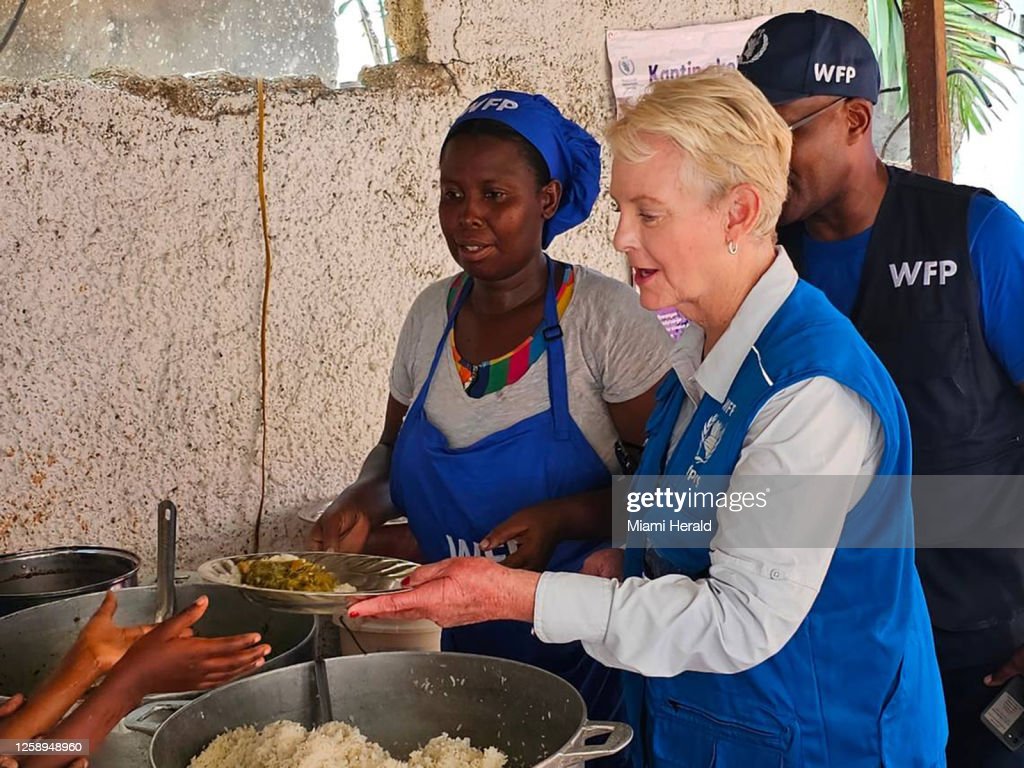News Americas, NEW YORK, NY, Sat. July 15, 2023: Between 2019 and 2021, hunger reached a prevalence of 16.4 percent in the Caribbean.
That’s according to The Regional Panorama of Food and Nutrition Security 2022, a joint publication of the Food and Agriculture Organization of the United Nations (FAO); the International Fund for Agricultural Development (IFAD); the Pan American Health Organization/World Health Organization (PAHO/WHO); the United Nations Children’s Fund (UNICEF) and the United Nations World Food Program (WFP).
The new report also found that 52 percent of the Caribbean population cannot afford a healthy diet. This is due to the higher average daily cost of healthy diets in the Caribbean compared to the rest of the world’s regions, reaching USD 4.23 in the Caribbean.

This problem is related to different socioeconomic and nutritional indicators. The report presents a clear relationship between the inability to afford a healthy diet and such variables as a country’s income level, the incidence of poverty, and the level of inequality.
In Jamaica, 8.3 per cent of Jamaica’s population experienced undernourishment for the period 2020 to 2022, the report said. In Haiti, a total of 4.9 million Haitians – nearly half of the country’s population – are experiencing high levels of acute food insecurity, according to a UN-supported report.
The report also reveals that the rise in international food prices experienced since 2020, exacerbated after the start of the conflict in Ukraine, and a regional increase in food inflation above the general level, have increased the difficulties for people to access a healthy diet.
“There is no individual policy that can solve this problem independently. National and regional coordination mechanisms need to be strengthened to respond to hunger and malnutrition,” said Mario Lubetkin, FAO Assistant Director and Regional Representative for Latin America and the Caribbean. “To contribute to the affordability of healthy diets, it is necessary to create incentives for the diversification of the production of nutritious foods aimed mainly at family farming and small-scale producers, take measures for the transparency of the prices of these foods in markets and trade, and actions such as cash transfers and improving school menus,” Lubetkin concluded.
“Food insecurity will continue to rise due to the food and fuel price crisis caused by the conflict in Ukraine and the aftermath of COVID-19,” said Lola Castro, WFP Regional Director. “We must act now, but how can we do it? Supporting governments to expand social protection networks because the pandemic once again demonstrated that social protection is useful to improve the affordability of a healthy diet, preventing crises like this from hitting affected populations even more.”







